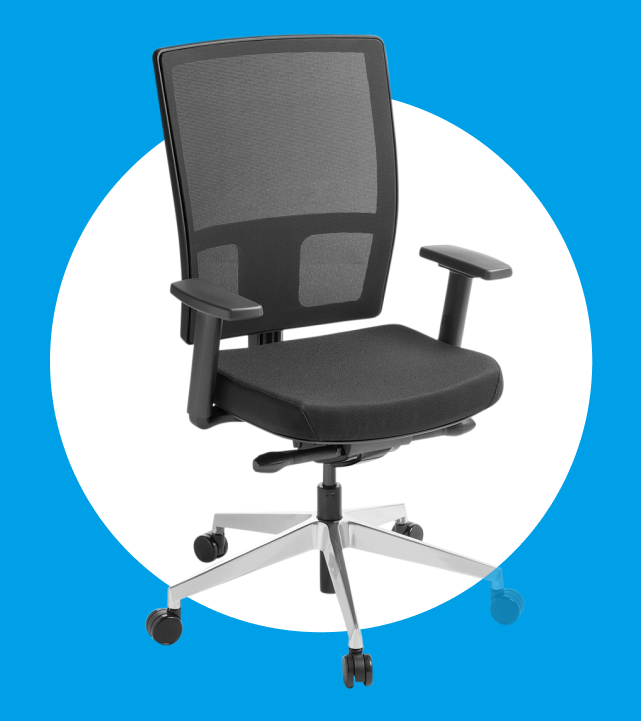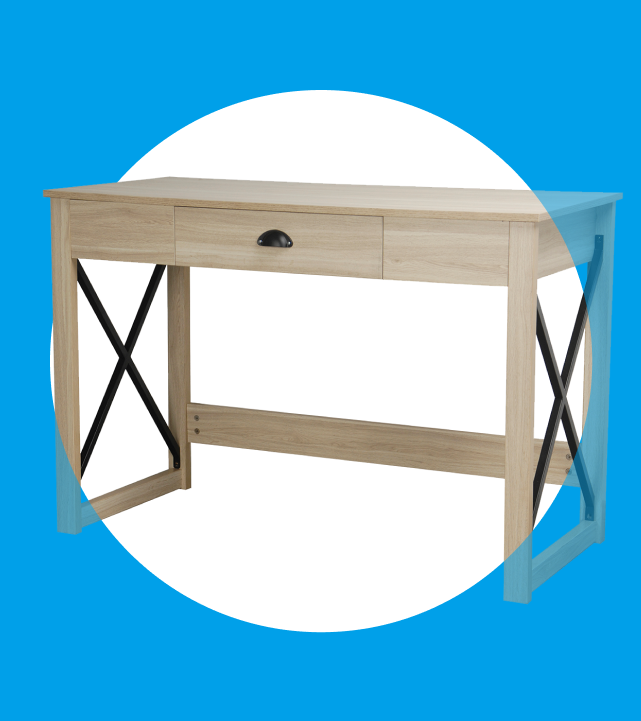GROWING PAINS
What the new Health and Safety at Work Act means for your business
As you hopeflily already know, the Health and Safety at Work Act (HSW Act) came into effect on 4 April this year. Its aim is to reduce New Zealand’s workplace injury and death toll by 25% by 2020.
This blog and video are to help you understand, if you don’t already, what the Act means for your business, and what you need to do to comply with it.
Important changes
The Act’s key emphasis is on everyone in the workplace being responsible for health and safety.
It also shifts the focus from “hazard spotting”, or identifying, monitoring and recording hazards, to “effective risk management of hazards in the workplace”, or proactively identifying and managing risks of potential or realised hazards so everyone can work safely.
So what do I need to do?
All business owners now need to be able to produce the relevant documentation to demonstrate the following health and safety practices are performed at their workplace, regardless of the size of their business:
- Identify health and safety hazards and assess their risk, then take steps to prevent these from happening
- Make sure your health and safety policies are led by management, understood by all staff and reviewed regularly
- Hold regular training on health and safety matters
- Engage workers in health and safety matters that affect them
- Regularly review any incidents
- Carry out frequent health and safety audits
Your business also needs to consider the following, if it hasn’t already:
- A current signed drug and alcohol policy
- A health and safety team which meets regularly and includes workers
- Recorded health and safety meetings with your workers
- A management system for hazardous materials
- A commitment to allow nominated workers the time to develop and improve health and safety at the workplace (this is vital if you are working in a high risk industry or if you have over 20 workers)
- A current training register recording dates and type of training provided to workers and regular visitors to the workplace
- A method of capturing, recording assessing and investigating safety audits, injuries, near misses, hazards and property damage
- Documented Safe Operating Procedures (SOPs) for repetitive tasks
- A library of operating manuals for equipment
- A traffic segregation plan
- Appropriate and current emergency signage
- A current building warrant of fitness including your most recent compliance schedule
What’s the pay-off?
In addition to helping reduce the workplace injury and death toll in NZ, research in the health and safety field shows that businesses with a robust health and safety system have improved levels of productivity and engagement with their workers.
In other words, there are many good reasons to get your health and safety sorted.
Where can I go for help and information?
For further general information on the HSW Act and what it means to you and your business, go to WorkSafe New Zealand’s site.
For hands-on help to get your health and safety system up to speed, please contact us at www.HRtoolkit.co.nz or check out our Health & Safety toolkit.



